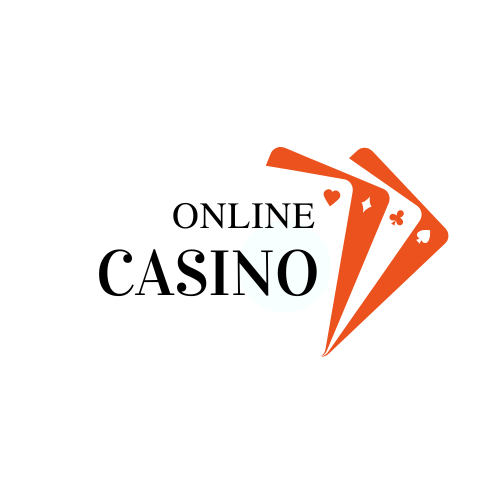Understanding Your New York State Paycheck: Breakdown and Benefits
Unveiling the Dynamics of New York State Paychecks: A Comprehensive Guide
Introduction:
New York State, often hailed as the Empire State, is not only renowned for its iconic skyline, cultural diversity, and bustling streets but also for its new york pay stub calculator unique employment landscape. As one of the most populous states in the United States, New York boasts a robust economy with a myriad of job opportunities across various sectors. For those who call New York home, understanding the intricacies of the state’s paycheck is crucial. In this article, we delve into the essential elements that comprise a New York State paycheck, shedding light on taxes, deductions, and regulations that shape the compensation landscape for its workforce.
Understanding Gross Pay:
At the heart of every paycheck lies the gross pay, which represents the total amount of compensation an employee earns before any deductions. In New York State, gross pay encompasses wages, salaries, bonuses, commissions, and other forms of compensation agreed upon by the employer and employee.
Tax Obligations:
Taxes play a significant role in shaping the net income reflected on a New York State paycheck. Employees in the state are subject to federal income tax, state income tax, and in some cases, local income tax. The federal income tax follows the guidelines established by the Internal Revenue Service (IRS), while the New York State income tax adheres to the regulations outlined by the New York State Department of Taxation and Finance.
It’s essential to note that New York City imposes its income tax in addition to the state tax. The city tax rates vary depending on income brackets, with higher earners subject to higher tax rates.
Social Security and Medicare Contributions:
Employees in New York State also contribute to Social Security and Medicare through payroll deductions. These deductions are calculated based on a fixed percentage of the employee’s gross pay, with the current rates set by the Social Security Administration and the IRS.
State Disability Insurance (SDI) and Family Leave:
New York State mandates employers to provide disability insurance and paid family leave benefits to eligible employees. Both SDI and Paid Family Leave (PFL) contributions are deducted from employees’ paychecks. SDI provides partial wage replacement benefits to employees who are unable to work due to disability, while PFL offers paid time off for eligible employees to care for a sick family member or bond with a new child.
Additional Deductions and Benefits:
Beyond taxes and mandated contributions, employees may also have other deductions and benefits reflected on their New York State paychecks. These may include contributions to retirement plans, health insurance premiums, union dues, and voluntary deductions such as charitable donations or flexible spending accounts.
Conclusion:
Navigating the complexities of a New York State paycheck requires a comprehensive understanding of the various components that contribute to an employee’s compensation. From taxes and mandated contributions to additional deductions and benefits, each element plays a vital role in shaping the financial well-being of workers in the Empire State. By familiarizing themselves with these dynamics, both employers and employees can ensure transparency, compliance, and financial stability in the realm of payroll management.
